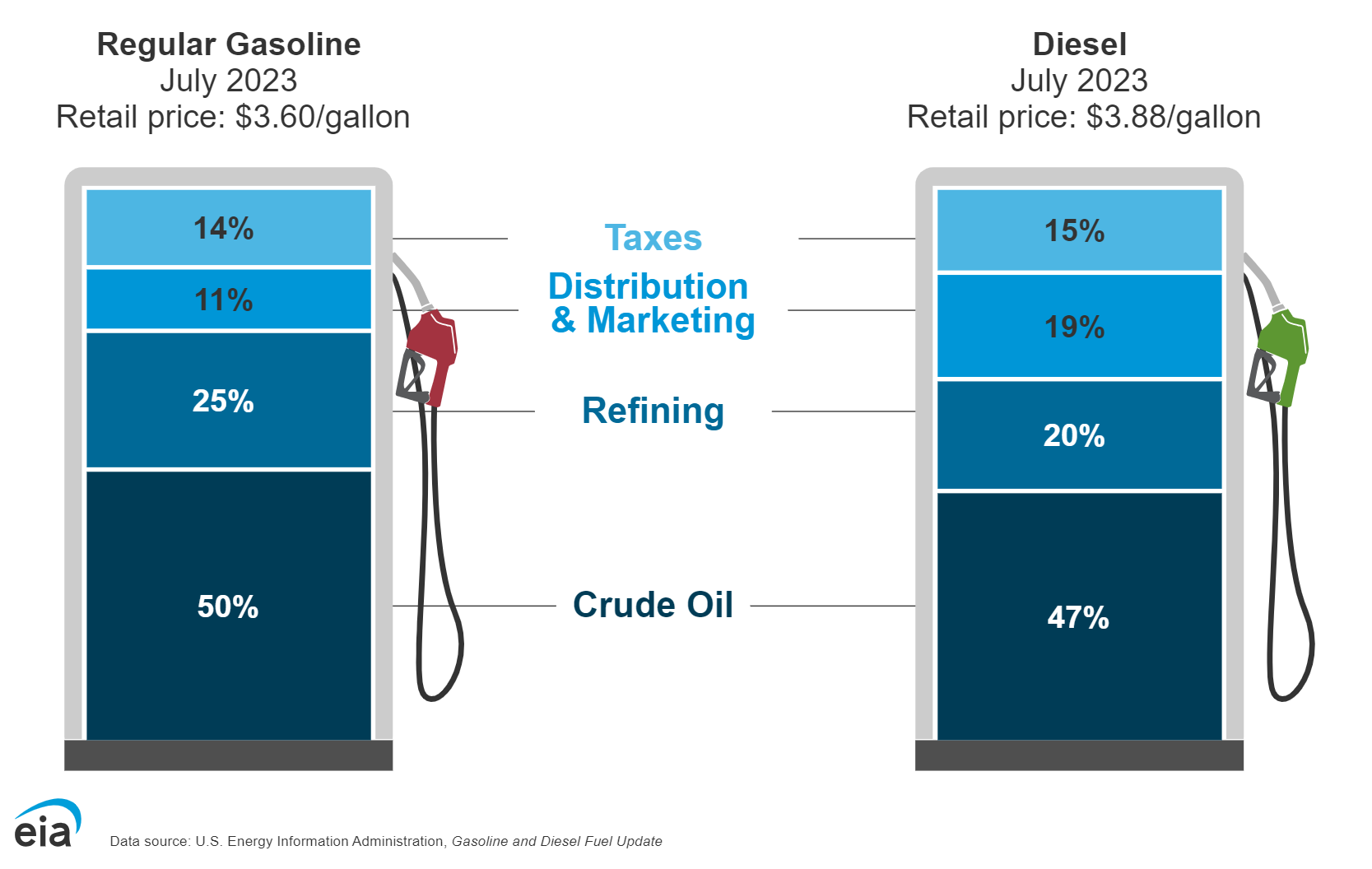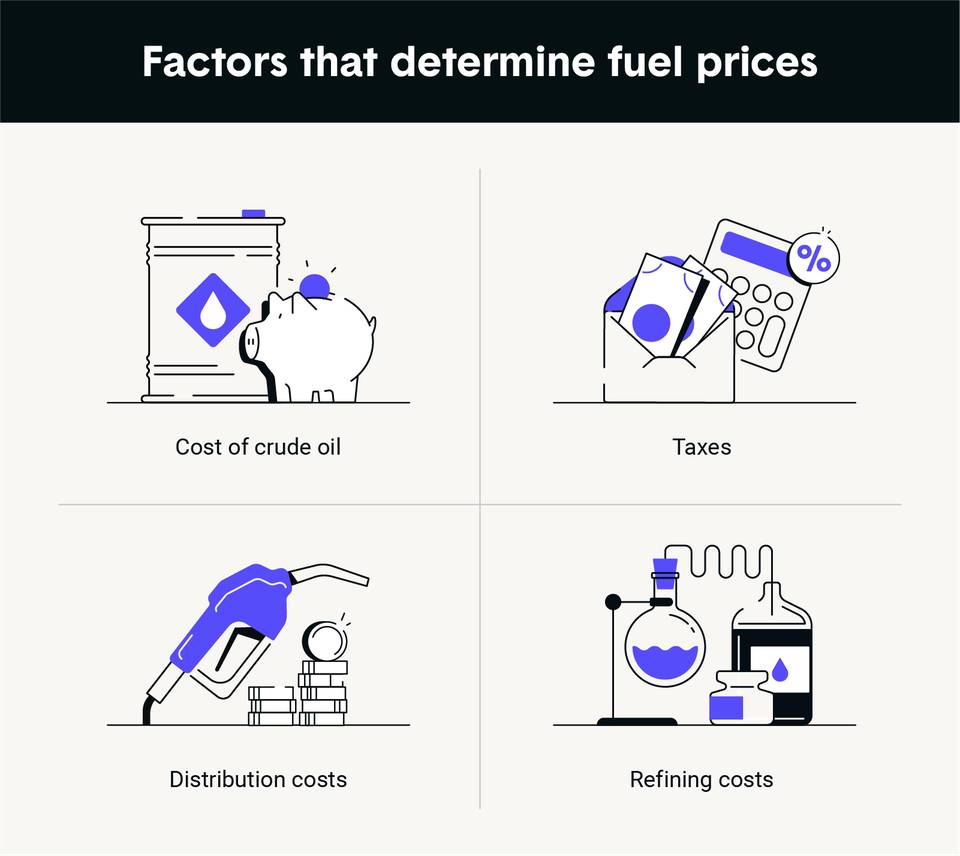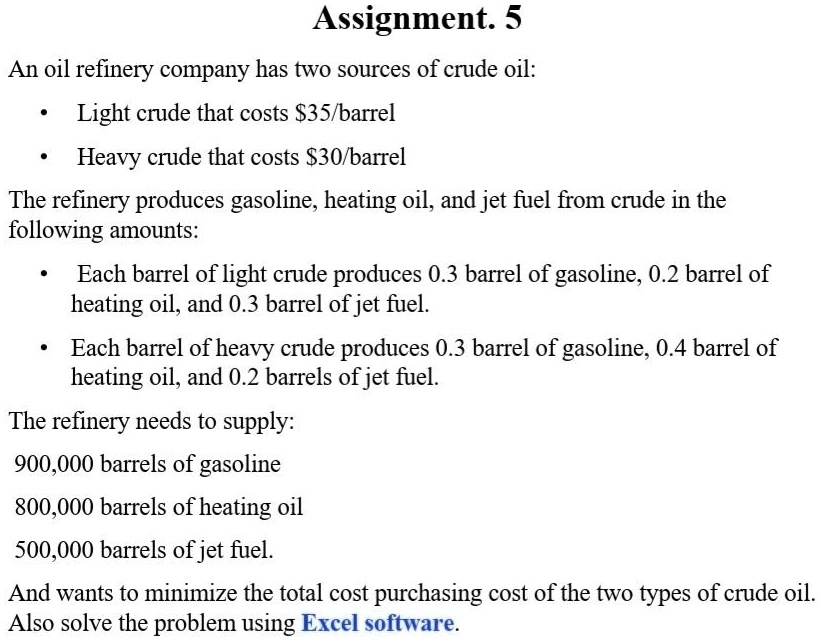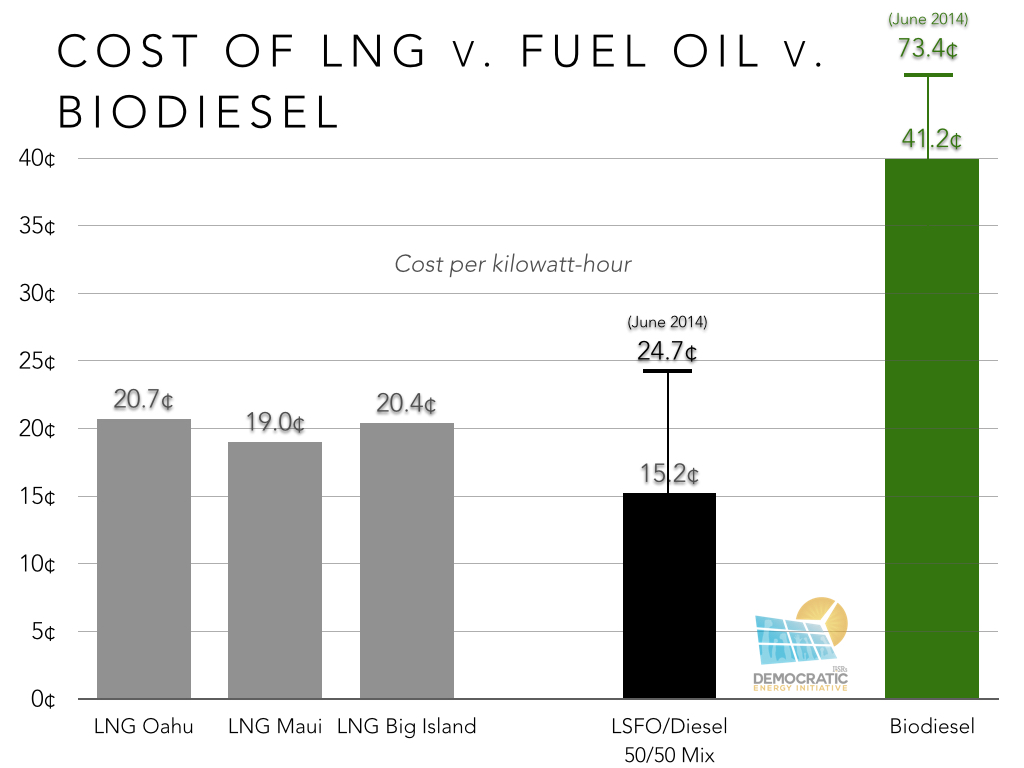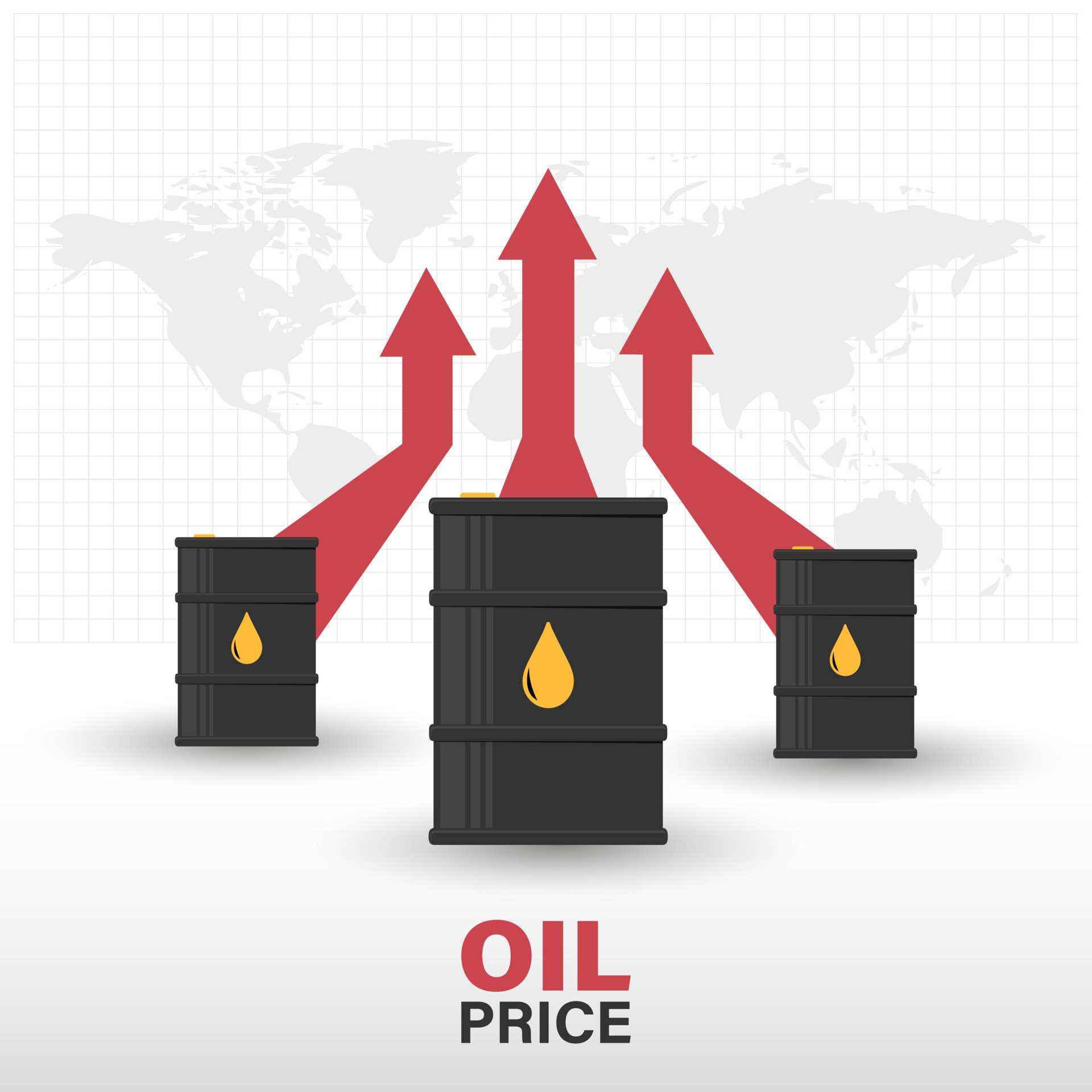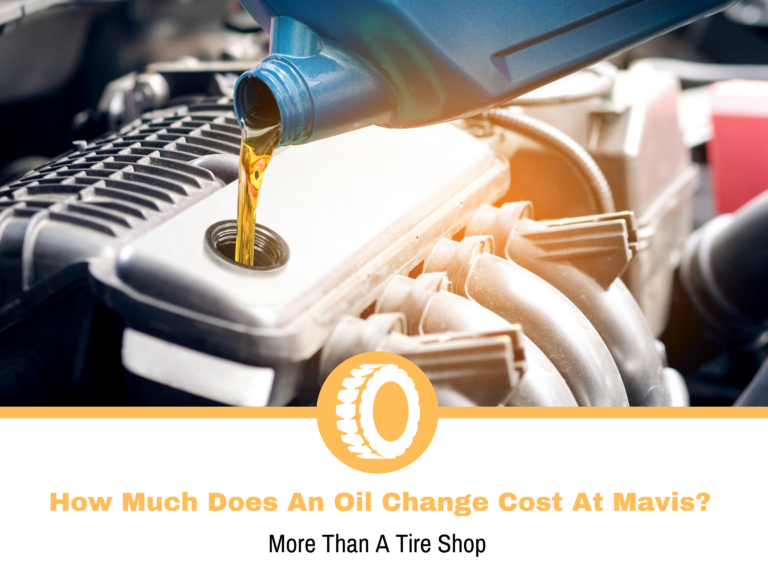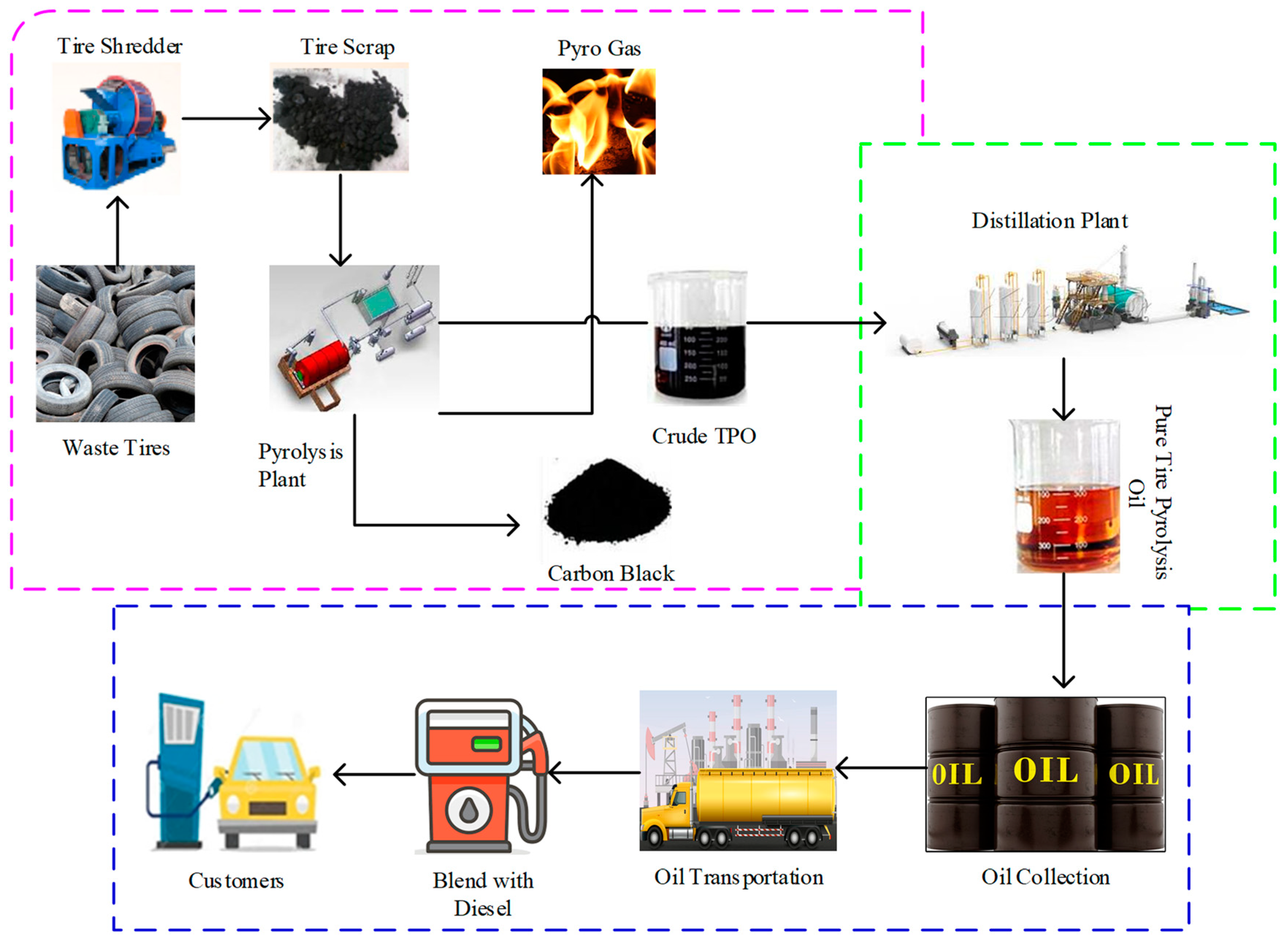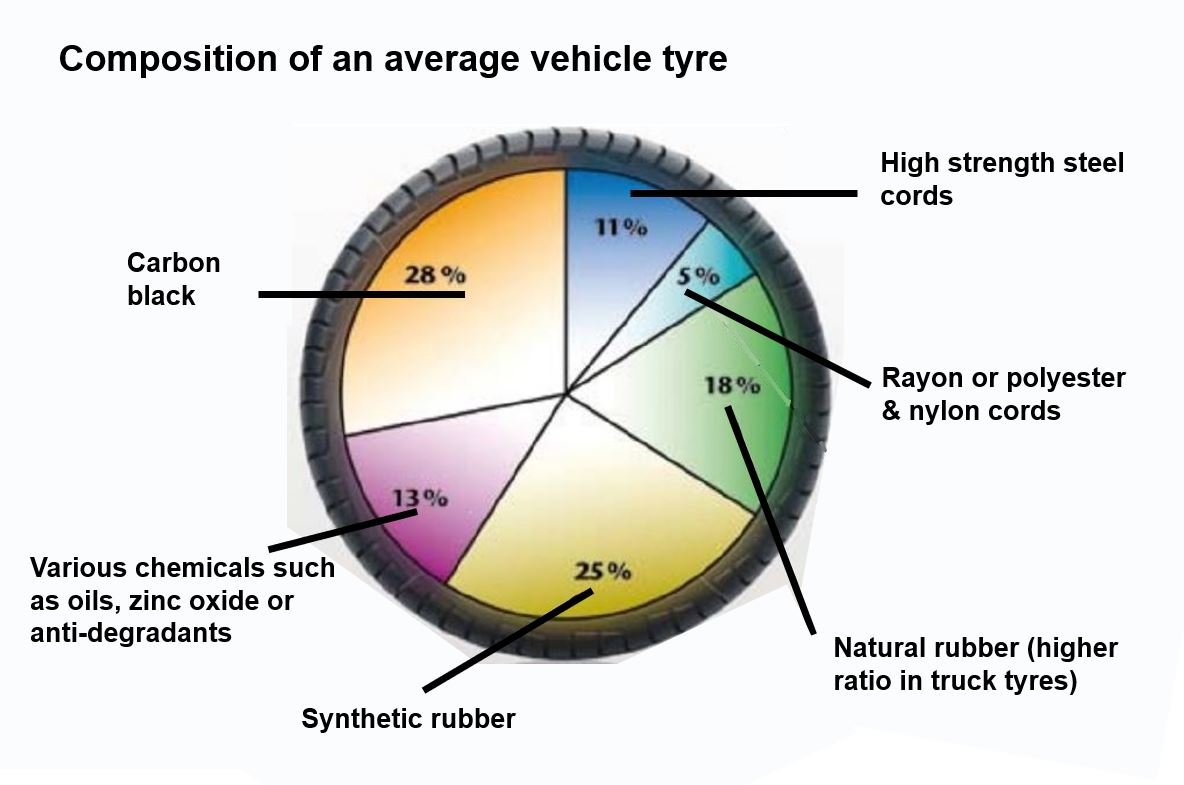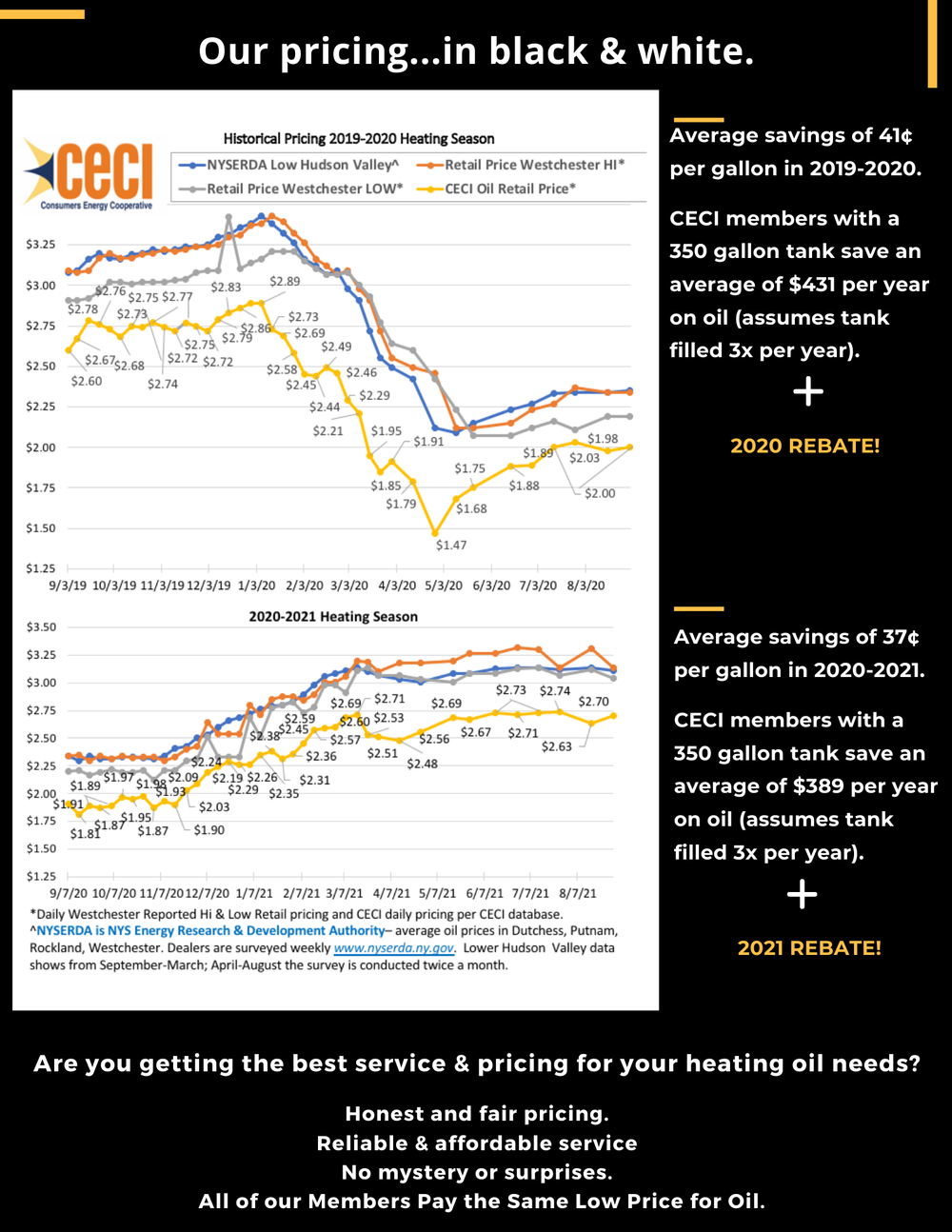Costs For Fuel Oil And Tires Are Examples Of
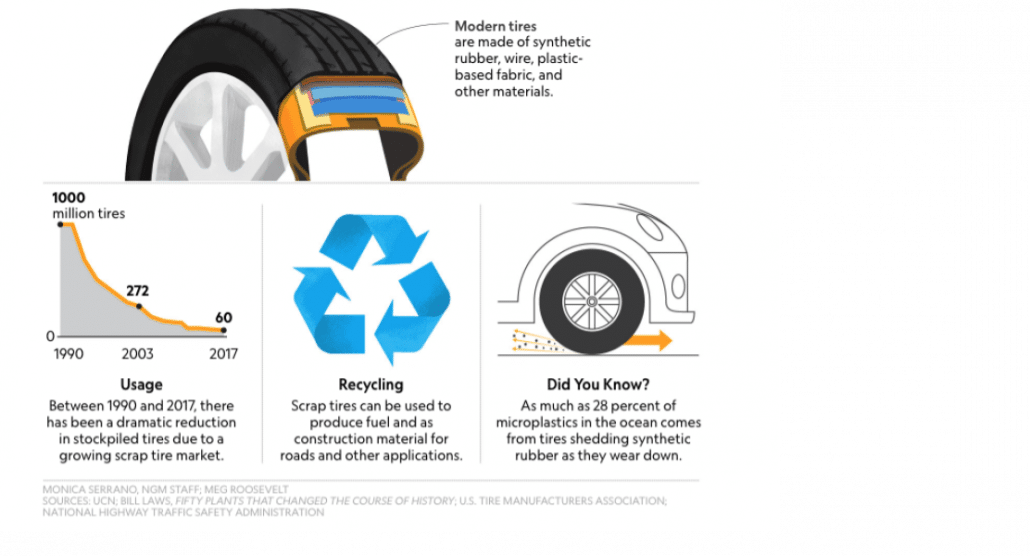
The late afternoon sun cast long shadows across Mrs. Gable's driveway as she wrestled with a stubborn garden hose. The scent of honeysuckle hung heavy in the air, a sweet counterpoint to the nagging worry lines etched on her face. Just last week, she'd received her heating oil bill, and the numbers seemed to mock her careful budgeting. Like many families in her small town, she was feeling the pinch – and fuel oil and tires were just the beginning.
The rising costs of fuel oil and tires serve as stark examples of a broader economic trend: the increasing burden of essential goods and services on household budgets. These seemingly disparate items share a common thread – they are vital for daily life, and their price fluctuations reflect complex global factors that impact individuals and communities on a very personal level. Understanding the forces driving these costs is crucial for navigating the current economic landscape.
The Fuel Oil Factor: More Than Just Heating
For many in colder climates, fuel oil isn't just a commodity; it's a lifeline. It's what keeps homes warm during frigid winters, preventing pipes from freezing and ensuring families can live comfortably and safely. The price of fuel oil, however, is notoriously volatile, tied to a web of geopolitical events, supply chain dynamics, and seasonal demand.
According to the U.S. Energy Information Administration (EIA), factors such as crude oil prices, refining costs, distribution expenses, and regional market conditions all contribute to the final price consumers pay at the pump or when filling their home heating oil tanks. Disruptions in any of these areas can send ripples throughout the market, leading to price spikes that leave families scrambling.
The conflict in Ukraine, for example, has significantly impacted global energy markets. The sanctions imposed on Russia, a major oil producer, have reduced supply and increased demand for alternative sources, pushing prices upwards. Furthermore, extreme weather events, like hurricanes that disrupt oil production in the Gulf of Mexico, can exacerbate these price fluctuations.
Beyond the Barrel: Hidden Costs
It's not just the price per gallon that's impacting consumers. The cost of transporting fuel oil, often overlooked, also plays a significant role. Rising transportation costs, driven by factors like driver shortages and increased diesel prices, are inevitably passed on to the consumer.
Environmental regulations are another layer of complexity. As governments strive to reduce carbon emissions, stricter regulations on fuel composition and storage can increase production costs, further contributing to higher prices. These regulations, while beneficial in the long run, can create short-term financial challenges for consumers.
The demand for fuel oil can vary dramatically depending on the season and the weather conditions. A particularly cold winter can drive up demand, leading to shortages and price increases. Conversely, a mild winter can ease the pressure on supply, potentially resulting in lower prices.
Tires: The Rubber Meets the Road of Rising Costs
While seemingly unrelated to heating oil, the price of tires also reflects a complex interplay of global economic forces. Tires are an essential component of transportation, impacting everything from personal vehicles to commercial trucks that deliver goods across the country. Rising tire prices affect not just individual drivers but also the entire supply chain.
One of the primary drivers of tire costs is the price of raw materials, particularly natural and synthetic rubber. Natural rubber, sourced primarily from Southeast Asia, is subject to fluctuations in weather patterns, labor costs, and global demand. Synthetic rubber, derived from petroleum, is directly impacted by crude oil prices.
According to data from the U.S. Tire Manufacturers Association (USTMA), the cost of raw materials accounts for a significant portion of the final price of a tire. When these costs rise, manufacturers are often forced to pass them on to consumers. The manufacturing process, which involves sophisticated technology and skilled labor, also contributes to the overall cost of production.
Supply Chain Challenges and Inflation
The global supply chain disruptions experienced in recent years have further exacerbated the situation. Shipping delays, port congestion, and increased transportation costs have all contributed to higher tire prices. These disruptions make it more difficult and expensive for manufacturers to obtain the raw materials they need and to deliver finished products to market.
Inflation, a pervasive economic force, also plays a significant role. As the overall cost of goods and services rises, manufacturers face increased expenses for everything from energy to labor. To maintain profitability, they often have no choice but to increase prices, impacting consumers directly.
Tariffs and trade policies can also have a significant impact on tire prices. Tariffs imposed on imported tires can increase their cost, making domestic options more competitive but also potentially leading to higher prices overall. Trade disputes and geopolitical tensions can further disrupt the flow of goods, contributing to price volatility.
The Ripple Effect: Impact on Communities
The rising costs of fuel oil and tires have a ripple effect throughout communities, impacting individuals, families, and businesses alike. For low-income households, these expenses can represent a significant portion of their budget, forcing them to make difficult choices between essentials like food, healthcare, and housing.
Small businesses, particularly those that rely on transportation, are also feeling the pinch. Increased fuel and tire costs can squeeze their profit margins, forcing them to raise prices or reduce services. This can have a negative impact on local economies, leading to job losses and reduced economic activity.
For Mrs. Gable and countless others, the rising costs are more than just numbers on a bill; they represent a tangible decrease in their quality of life. They are a constant reminder of the economic pressures that are reshaping our world, demanding greater awareness and resilience.
Looking Ahead: Navigating the New Reality
While the current economic climate presents challenges, it also offers opportunities for innovation and adaptation. Investing in energy efficiency measures, such as upgrading home insulation and purchasing fuel-efficient vehicles, can help reduce long-term expenses. Exploring alternative energy sources, such as solar and wind power, can also provide greater energy independence.
Consumers can also take steps to mitigate the impact of rising tire prices by properly maintaining their vehicles and tires. Regular tire rotations, proper inflation, and careful driving habits can extend the life of tires, reducing the frequency of replacements. Shopping around and comparing prices from different retailers can also help consumers find the best deals.
Ultimately, addressing the rising costs of essential goods and services requires a multi-faceted approach involving government policies, industry innovation, and individual responsibility. By understanding the forces driving these costs and taking proactive steps to mitigate their impact, we can build a more resilient and sustainable future for all.
As the sun finally dipped below the horizon, casting long shadows across Mrs. Gable's now-dark driveway, she knew the challenges ahead were significant. But with a renewed sense of determination, she resolved to navigate the changing economic landscape with careful planning, resourcefulness, and a unwavering spirit of resilience – a spirit shared by communities across the nation.
